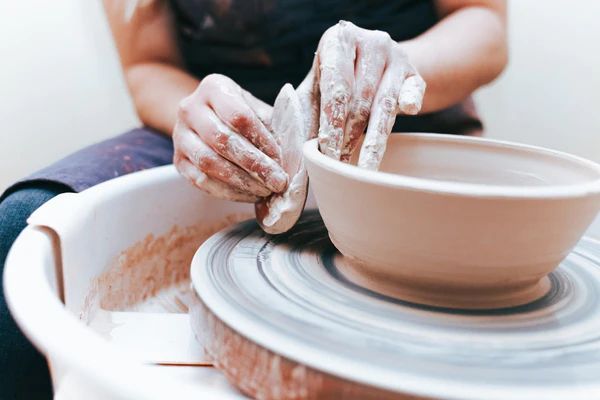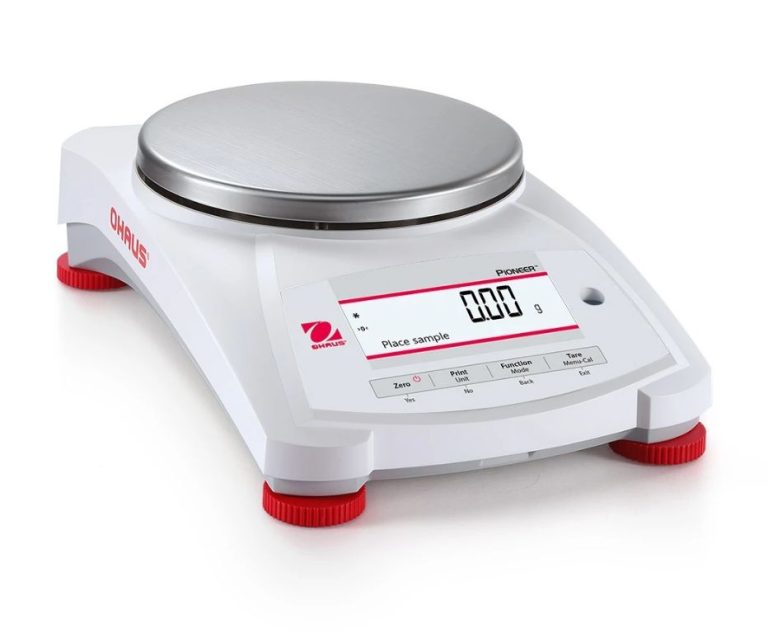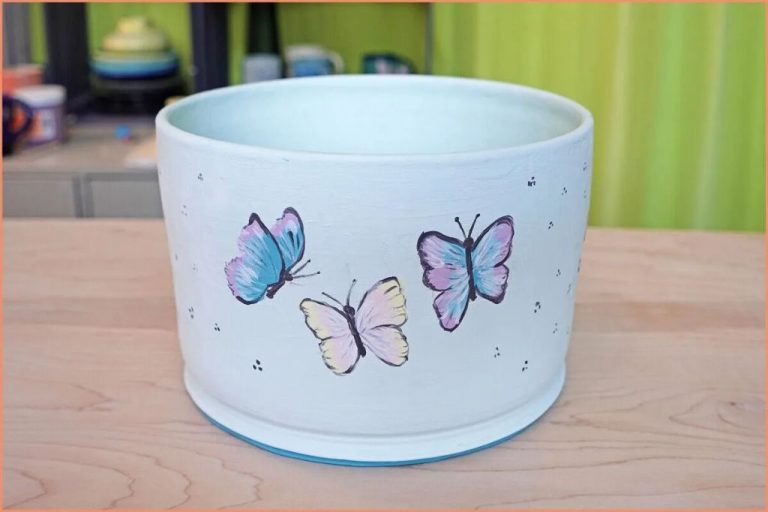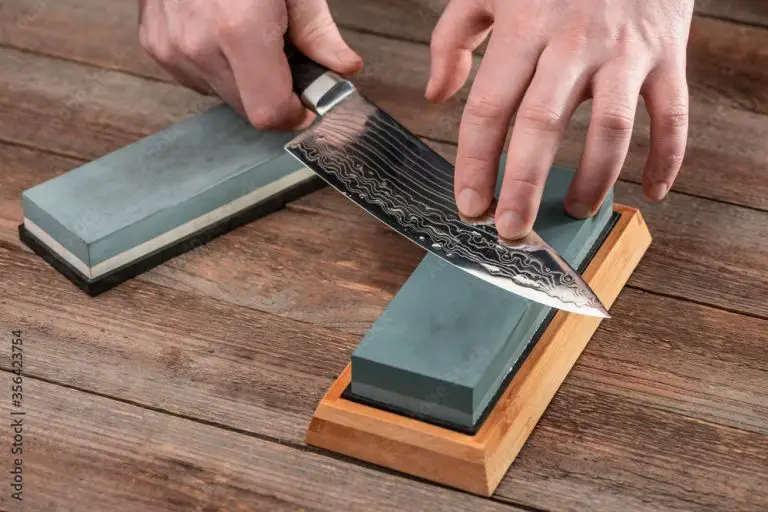How Do You Carve Relief Tile?
Relief tiles are a unique type of decorative tile that feature a carved design that stands out from the tile’s flat surface. This dimensional design creates depth and visual interest on walls, floors, countertops, backsplashes, and other surfaces. The history of relief tiles stretches back thousands of years to the ancient civilizations of Mesopotamia, Egypt, Greece, and Rome.
There are several types of relief tiles defined by their carving method. Carved relief tiles are manually chiseled from natural stone or clay. Mosaic relief tiles are made by embedding pieces of tile, glass, or other materials into a tile base. Molded relief tiles are pressed from molds to create the raised design. Modern techniques like CNC machining and 3D printing have also been used to produce relief tile designs.
Relief tiles offer benefits beyond their aesthetic appeal. The texture provides added traction on floors, making relief tiles popular for bathrooms. Intricate carved tilework can demonstrate artistic craftsmanship. Geometric relief patterns are especially good at hiding imperfections and gaps in tile installation. Compared to flat tiles, the dimensional design is more visually engaging and brings character to the space.
Relief Tile Design Considerations
When planning a relief tile project, there are several key design factors to consider before selecting materials and beginning the carving process:
Choosing Tile Material
The type of tile material impacts the carving techniques, tools required, and overall effort. Ceramic and porcelain tiles are the most common options. Ceramic tiles tend to be slightly softer and easier to carve compared to porcelain. Porcelain tiles are denser and more durable. Natural stone tiles like marble, travertine or slate can also be carved, but require specialty diamond-tipped tools.
Tile Size
Larger tiles provide a bigger canvas for more intricate designs, but are heavier and harder to mount. Smaller tiles allow for quicker carving and installation. Mosaic sheets with multiple small tiles connected can be carved then split into individuals. Standard sizes range from 1-inch mosaics up to 18×18 inches.
Design Complexity
Beginner carvers should opt for simpler designs with larger elements. Intermediate carvers can tackle more detailed motifs and textures. Advanced carvers can create complex scenes with precision. Match the design intricacy to your skill level. Simpler designs are often more striking when repeated in a pattern.
Necessary Tools and Materials
Carving relief tiles requires having the proper tools and materials on hand before beginning the project. Here are some of the essential items you’ll need:
Carving Tools
The main carving tools you’ll need include:
- Carving chisels – These come in various shapes and sizes for different effects. You’ll want a set with both large and small chisels.
- Carving gouges – Gouges have curved or U-shaped blades good for scooping. Like chisels, get a range of sizes.
- Carving mallets – You’ll need a mallet to tap the chisels and gouges to slowly carve away material.
- Rasps and rifflers – These coarse files help shape and refine the carving.
- Sandpaper – Finishing sandpaper is needed to smooth carved surfaces.
Adhesive
In addition to carving tools, you’ll need tile adhesive to affix the tile to a backing before carving. Look for one specially formulated for wet environments.
Sealant
A tile sealant is needed once carving is complete to protect and waterproof the finished tile surface.
Tile Backing
You’ll need a sturdy backing material for the tile, such as cement board or plywood, to mount it on for easier carving.
Preparing the Tile
Before you can start carving, you’ll need to prepare the tile surface. This involves cleaning, smoothing, and potentially transferring your design onto the tile.
Start by wiping down the tile with a damp cloth or sponge to remove any dirt, dust or debris. Use a tile cleaning product if needed to fully clean the surface. You want a completely clean tile before carving.
Next, sand or grind the tile face smooth using 120 to 220 grit sandpaper. This ensures you have an even, uniform surface to carve into. Remove any high spots or imperfections in the tile at this stage.
Once smooth, you can transfer your relief design using a couple different methods. One option is to print out your design, tape it to the tile face, and use a stylus to trace the outline, transferring it to the tile. Alternatively, you can create carbon paper by blackening the back of your design with pencil lead. Tape this carbon paper on the tile, place your design on top, and trace the outline to transfer it.
After transferring the design, you are ready to start carving into the prepared tile surface.
Carving Techniques
When carving relief tiles, it is important to master some basic carving techniques. This will allow you to carve your design efficiently while avoiding common issues.
The most common carving strokes are:
- Vertical Lines: Hold the carving tool vertically straight and use an up-and-down motion. Apply even pressure and go slowly to achieve clean lines.
- Horizontal Lines: Hold the tool at a 45 degree angle and carve lines left-to-right or right-to-left. Let the tool glide smoothly for best results.
- Diagonal Lines: Tilt the tool and carve at an angle, applying steady pressure. Use a ruler if needed to ensure straight lines.
- Curves: Tilt and angle the tool to follow the curve of your design. Take shallow, smooth passes to prevent gouging.
When carving deeper areas, make several gradual passes rather than one deep pass. Chip away at the tile slowly and methodically. Caution is key to avoid digging too far.
Some common carving issues and solutions:
- If lines appear wobbly, secure the tile firmly and move the tool from your shoulder rather than wrist.
- For shallow lines, sharpen your tool and hold it perpendicular to the tile surface.
- When carving curves, rotate the tile frequently to approach the curve from the proper angle.
Patience and practice will lead to excellent carving technique. Take your time and refer often to your tile design as you carve.
Smoothing and Refining
Once you’ve finished the main carving work on your relief tile, you’ll want to smooth and refine the details before moving on to grouting and sealing. This helps create clean lines and a uniform look across the tile. There are a few techniques you can use for smoothing and refining carved areas:
Sanding – Use progressively finer grit sandpaper to smooth carved areas and round sharp edges. Start with a coarse grit like 80 or 100 to remove larger irregularities, then move up through finer grits like 220 or 400. Sand evenly and frequently check your progress. Be careful not to sand away finer carved details.
Scraping – A sculpting tool with a curved blade can help scrape and smooth carved sections, especially getting into crevices and small areas. Work at an angle along the carved surface. A fingernail or credit card can also work for detailing in a pinch.
Re-carving – For areas that need more significant refinement, re-carve with your original carving tools to fix uneven grooves or disproportionate elements. Use a sharp, precise tool and make controlled passes to hone the details.
Polishing – Use a polishing compound or very fine wet sandpaper to create a uniform finish across the tile if desired. Apply the compound with a soft cloth and rub in small circles. Be conservative here to avoid polishing away finer carved details.
Work methodically and frequently step back to check progress as you smooth and refine the tile. Careful refinement helps the details of your carved design really stand out.
Grouting Considerations
Choosing the right grout color is an important consideration when installing carved relief tiles. The grout acts as contrast between each tile, so you’ll want to select a grout color that enhances the design rather than competing with it. Typically, neutral grout colors like off-white, light gray, or beige work well with carved tiles. Stay away from bold grout colors like black, dark brown, or red, as these can be visually distracting.
It’s also crucial to seal tiles before grouting to prevent the grout from staining the surface. Use a penetrating sealer suited for natural stone or ceramic tile to protect the carved design. Apply sealer evenly across the tiles per manufacturer instructions, letting it fully cure before grouting.
When it comes time to grout, use a rubber grout float or squeegee to spread grout into the joints. Hold the float at a 45 degree angle and apply even pressure when spreading to compact the grout properly. After grouting each section, let it sit for 10-15 minutes before wiping off excess grout with a damp sponge. Use light, circular motions when wiping to avoid pulling grout out of the joints. Allow the grout to cure fully, usually 24-48 hours, before sealing the tiles again to lock in the grout.
Sealing and Protecting
After your relief tile design is complete, it’s crucial to seal and protect it before installation. Applying a sealant will help prevent staining, damage from moisture, and general wear over time.
Opt for an impregnating sealer designed for natural stone tiles. Impregnating sealers soak deep into the tile to provide water-repellency without altering the appearance. Products like Lithofin MN Stain-Stop are ideal choices. Stay away from topical sealers which create a plastic-like coating on top of the tile.
Before sealing, ensure your carved tile is completely clean and dry. Use a cloth to wipe off any residual dust from carving. Read the product instructions to determine how many coats are required – often 2-3 coats is recommended for a fully protective barrier.
Apply the sealer evenly over the entire surface using a paintbrush or sponge. Let each coat dry for at least 1-2 hours before adding the next coat. Avoid heavy use of the tile for 24 hours after the final coat to allow full curing.
Reapply sealer every 1-2 years as needed to maintain effectiveness. With proper sealing and care, your carved relief tiles can remain beautiful for years to come.
Installing Carved Tiles
Once your carved relief tiles are complete, it’s time to install them. Proper installation is key to ensuring your tiles last for years to come.
Start by selecting the appropriate adhesive for your installation. For most applications, a premium polymer-modified thinset mortar is recommended. This provides a strong, flexible bond. Make sure the thinset is formulated for the tile material you’re using. Consult the manufacturer’s specifications.
Thoroughly clean the surface where the tiles will be installed. Remove any dust, grease or debris. For walls, ensure the drywall or backerboard is properly prepared. For floors, the subfloor surface should be smooth and flat.
Spread the thinset evenly across the surface using a notched trowel. Apply only as much as can be covered with tile before the thinset skins over. Press each tile firmly into place in the fresh thinset. Use spacers between the tiles for consistent spacing.
Once the thinset has cured per the manufacturer’s recommendations, grout the tile joints. Apply grout across the surface, working it into the joints. Allow it to firm up slightly and then clean off excess grout with a damp sponge. Avoid dislodging the tiles. Allow the grout to fully cure before sealing and using the surface.
With quality materials and proper installation techniques, your carved tile creation can be enjoyed for many years as a beautiful decorative accent in any space.
Caring for Carved Tiles
Properly caring for carved relief tiles is important for maintaining their beauty and longevity. Here are some tips on keeping your carved tiles looking their best:
Cleaning
Use a mild pH-neutral cleaner and soft cloth or sponge to clean carved tiles. Avoid harsh cleaners or abrasive pads that could scratch or damage the tile surface. Test cleaners on an inconspicuous spot first. Rinse thoroughly after cleaning.
Re-Sealing
Over time, the protective sealant on carved tiles can wear away. Re-seal tiles annually or biannually with a natural stone sealer to prevent stains and damage. Thoroughly clean tiles before re-sealing. Apply sealer evenly and wipe away any excess.
Repairing Chips and Cracks
Minor chips or cracks in carved tiles can often be repaired with a colored epoxy resin filler specifically made for stone repairs. Clean the area, fill the chip according to product directions, then use a razor to scrape flush once dry. Contact a tile restoration specialist for significant damage or cracks.
By properly cleaning, re-sealing, and repairing minor damage, you can keep carved relief tiles looking like new for years to come. Handle with care to prevent chips and cracks in fragile carved areas.






